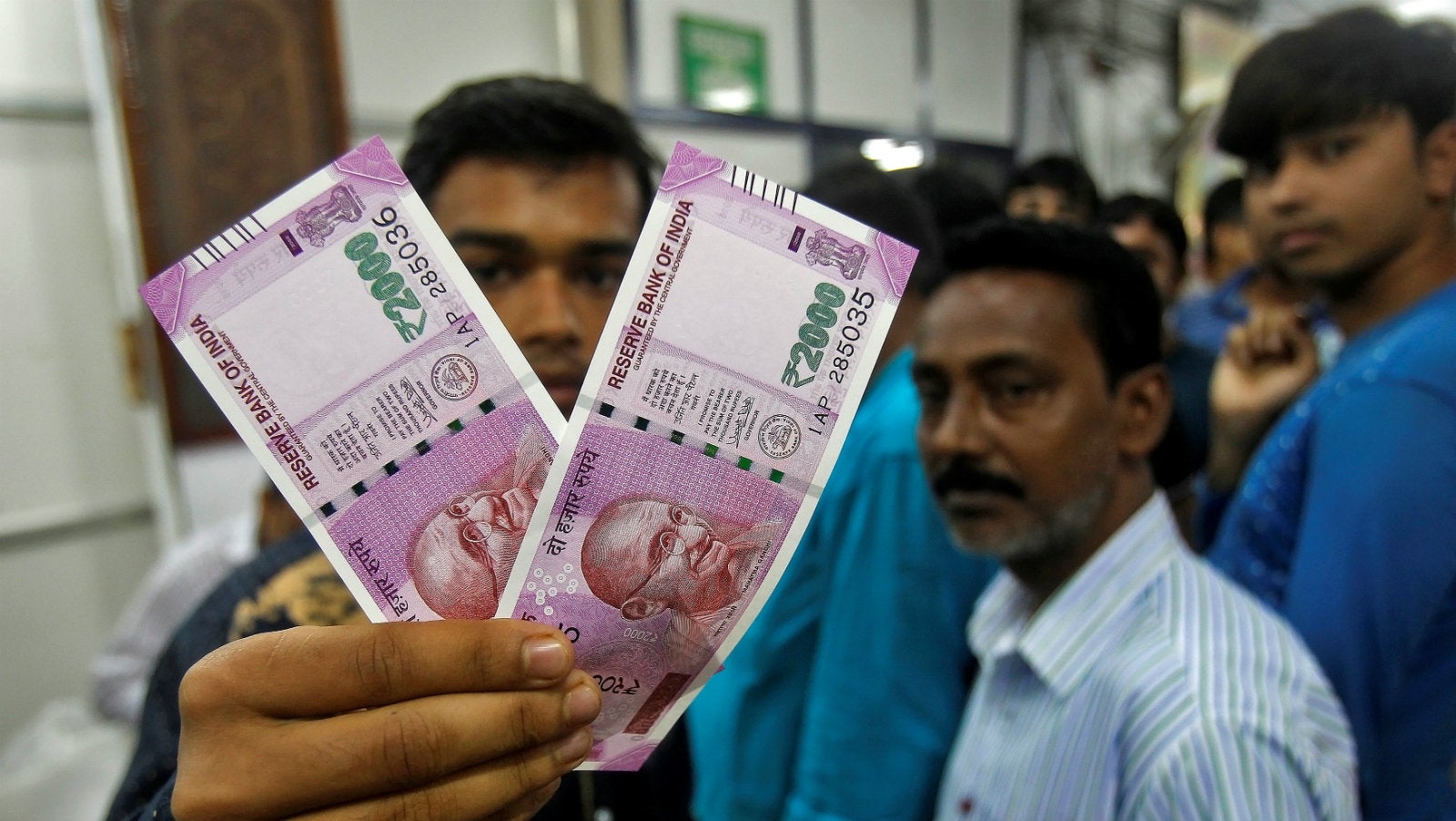India’s dream of going cashless is just that…a dream
That darned demonetisation did rock the boat last November, but India’s love affair with cash is well and truly back on track.


That darned demonetisation did rock the boat last November, but India’s love affair with cash is well and truly back on track.
In fact, the romance has returned with such vigour that the currency with the Indian public at the end of October 2017 stood at Rs15.48 lakh crore, the latest data available with the Reserve Bank of India (RBI) shows. That’s only about 9% less than the Rs16.98 lakh crore the public held on Oct. 14, 2016, only a few weeks before demonetisation.
This is proof that the Narendra Modi government’s move to render two high-value currency notes illegal has done little to reduce India’s dependence on cash. On Nov. 08, 2016, the Rs500 and Rs1,000 notes accounted for 86% of the currency in circulation by value. The government’s key rationale for demonetisation was to curb the circulation of black money and making India’s economy less cash-dependent.
“Our dream is that there should be (a) cashless society. This is correct that 100% cashless society is never possible,” Modi said in his Mann Ki Baat radio programme on Nov. 27, 2016. “But we can make a start with less-cash society—then cashless society will not be a far-off destination.”
While the jury is still out on demonetisation’s overall efficacy, the government has stressed on the boost to digital transactions. But now even the growth in electronic payments is declining and back to the pre-currency ban levels. ”The only long-term gain (of demonetisation) is probably the less use of cash. However, this push towards digitisation could have been done in a less dramatic and painful way,” Jayati Ghosh, professor at New Delhi’s Jawaharlal Nehru University, told Quartz in September. “Incentivising the customers to use plastic or digital money would have been more effective.”